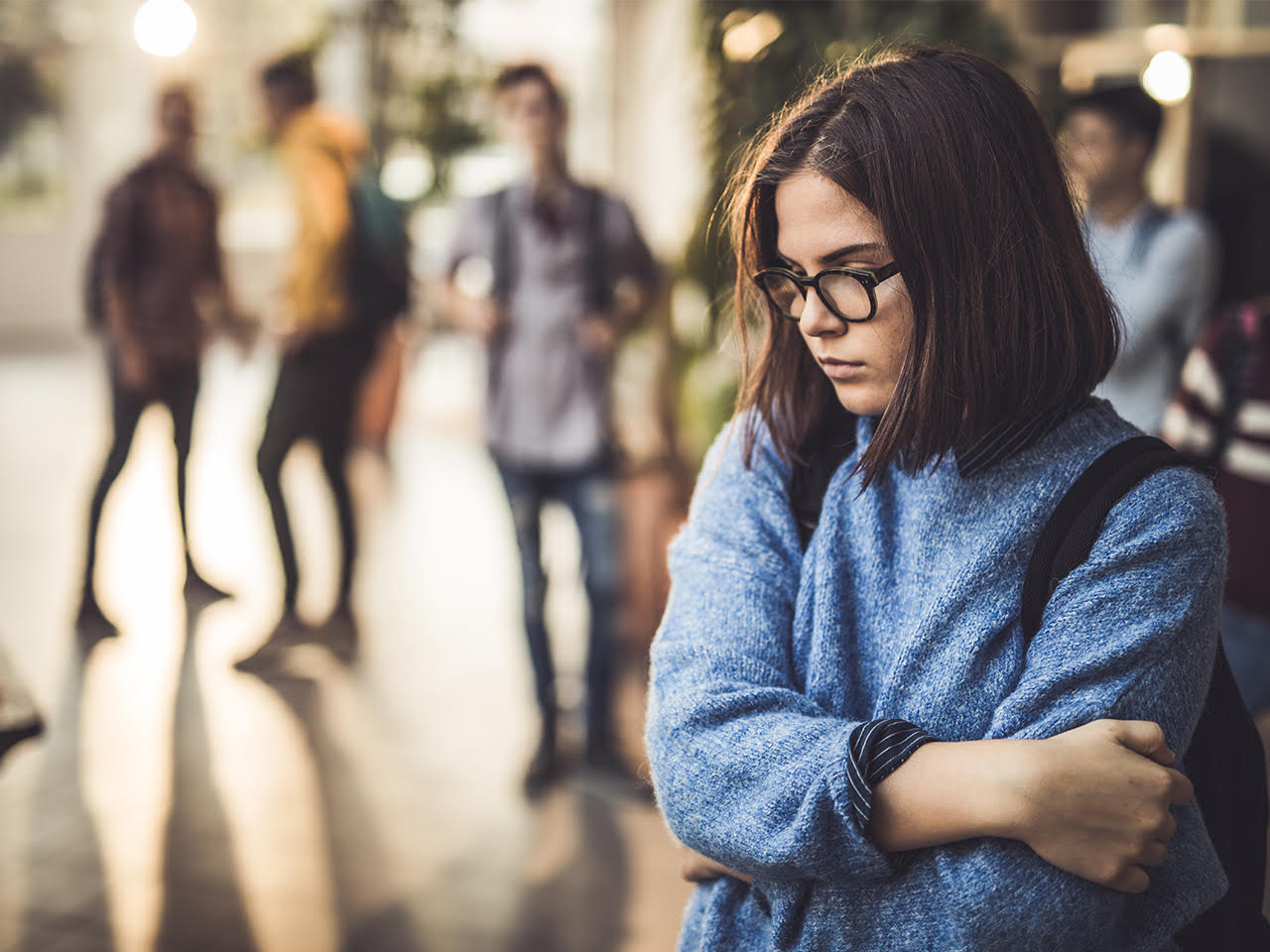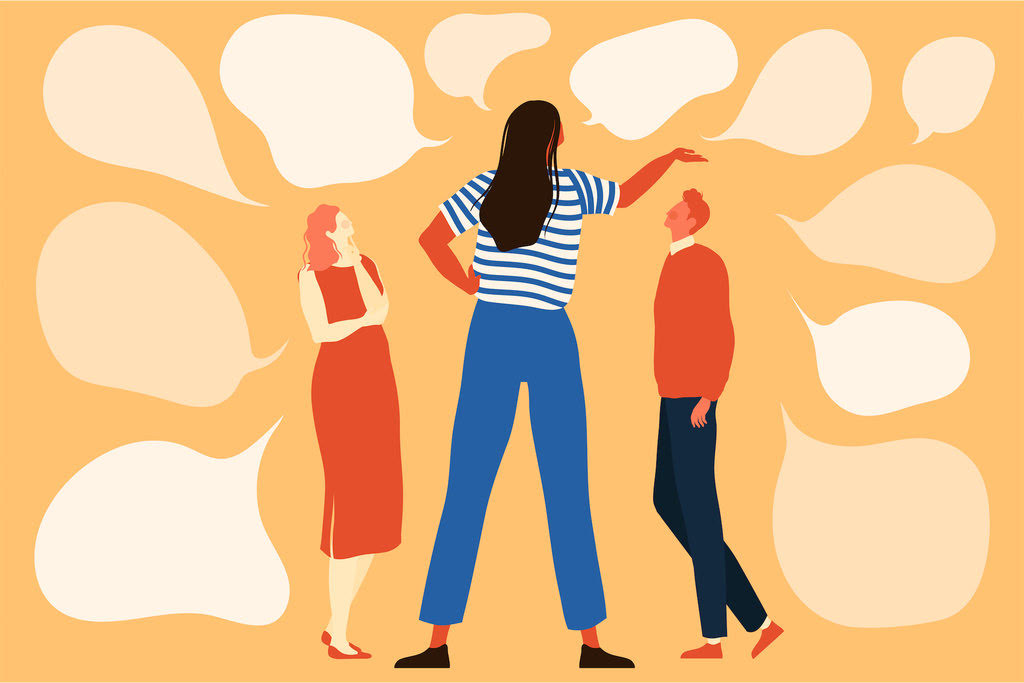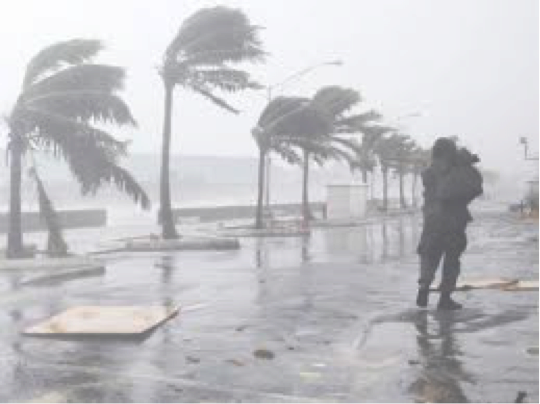By a clinician at NSAC Long Beach
As an adolescent psychologist, I hear many parents talk about how their teenagers struggle to meet new people, and to initiate and maintain friendships. These same parents often worry about their teens isolating in their rooms, where socializing only comes from virtual means. At times, parents report that their teen is afraid of speaking with authority figures, such as teachers or coaches, or they may avoid these interactions altogether. These behaviors can lead parents to assume their teenager is depressed or uninterested in engaging with others. However, much of the time, it’s actually just the opposite. Typically, teens want desperately to connect with others. But when they try to face social situations, they find themselves too fearful of the possibility of negative outcomes or embarrassment to fully engage. In this way, a teen’s avoidance of social interaction might actually be a symptom of a deeper underlying issue. Fortunately, fear and avoidance of social situations is a problem that can be resolved if both recognized and treated appropriately. This article should provide some insight if your teen appears to be struggling socially and will guide you in finding the right support.
Teenagers are working extremely hard to live up to the daily pressures they face in school, within their community, and at home. Some might even say, it is more challenging to be a teenager today because of the added pressures that come along with social media and the unrealistic expectations it creates. As adults, we can sometimes forget how excruciating the fear of being judged by others was during this challenging developmental stage where all you want to do is “fit in.” Furthermore, we can sometimes be guilty of minimizing how debilitating social anxiety can be, especially for adolescents who are just now learning to navigate the complex and sometimes cruel world around them. It should be noted that 1 out of 3 adolescents between 13 and 18 years old meet criteria for Social Anxiety Disorder (SAD), which is currently the third most common mental health disorder in the country.
What are the signs?
You might be asking yourself, how can I tell if my teenager is struggling with social anxiety? Here are some helpful signs to look out for:
- A general fear of being judged by others
- Concerns about being a burden to others
- Frequent self-inflicted judgment and/or criticism after social interactions
- Difficulty talking to peers or authority figures
- Feeling uncomfortable or self-conscious when meeting new people
- Worry for long periods of time before a public or social event
- Avoidance of public places and/or social situations
- Difficulty making friends and maintaining relationships
- Physical discomfort (i.e. sweating, shaking, stomach aches, or rapid heartbeat) when in social situations
Let me clarify that almost every person on this planet has experienced social anxiety in some form at one point in their lives. Rest assured this is not only normal but healthy. After all, anxiety can be an adaptive response to stress in order to help us survive and sometimes even thrive. However, some of us with social anxiety can begin to experience an excessive amount of these symptoms listed above which creates what therapists refer to as “functional impairment.” This means that your anxiety can become maladaptive, often taking over and causing a decrease in performance and fulfillment in your life.

How Teens Might Experience Social Anxiety
Below are some specific case examples of how social anxiety might manifest within teenagers. After all, social anxiety is much more than just a set of observable behaviors, like the ones listed above. It is an internal experience. Furthermore, it is common for social anxiety to be “in disguise” when first addressing the issue.
In working with many teenagers, it has been my experience that before they truly understand their social anxiety, they will initially endorse feelings of depression. Specifically, they might talk about feelings of hopelessness, worthlessness, and chronic fatigue which are all symptoms of clinical depression. They often say things like “I feel worthless because I can’t be around my friends” or “I’m exhausted by feeling stupid, ugly, or inferior all the time.” When I first began treating social anxiety, I was pleasantly surprised by how quickly their overall mood would improve once they were functioning more effectively and confidently with others. Of course, depression and suicidality are not things we ever want to minimize or overlook. However, it is not uncommon for social anxiety to be at the core of what’s fueling a teenager’s low mood. In this way, symptoms of depression may be a secondary factor, rather than the primary diagnosis.
Some parents have been worried about their teenagers having an eating disorder when they first come to treatment. Although it is extremely important to rule out the presence of an eating disorder, it is very common that teenagers with severe social anxiety, have difficulty eating in front of others and often avoid wearing revealing clothing (i.e. bathing suits, shorts) out of fear of social judgement and scrutiny.
What to Expect in Treatment
Research shows that a combination of the following treatment modalities hold the best outcomes for social anxiety disorder:
Cognitive Behavioral Therapy (CBT): Cognitive behavioral therapy is the most commonly used approach for treating social anxiety disorder, and anxiety disorders in general. CBT is an evidence based treatment and is typically short term in duration. Additionally, CBT is effective because of the solution focused approach, where clinicians set realistic and concrete goals with patients in order to achieve measurable results. For teens with social anxiety, CBT works with specific negative thoughts (i.e. “I’m stupid and everyone knows it”) and unhealthy behaviors (i.e. avoidance of people) that can negatively impact mood. It helps teens with social anxiety understand the deeper connection between their thoughts, feelings, and behaviors. It is a collaborative therapeutic approach rooted in scientific discovery which I find can be extremely empowering for teenagers.
Exposure Therapy: A more specific component of behavioral therapy is exposure to feared stimuli or triggering situations. Clinicians that work from an exposure based perspective help teens create a gradual exposure hierarchy in order to confront their social anxiety head on. Research shows the more we avoid anxiety provoking situations, the more our anxiety is reinforced. This is called the avoidance cycle. Therefore, teens with social anxiety are encouraged to “feel their fear” while understating that it is not life threatening and often times a false alarm going off in the emotional center of their brains. The goal with exposure is not to eliminate anxiety but to learn how to tolerate it. Over time, as teens become more confident with this concept, their anxiety tends to decrease.
Medications: While cognitive and behavioral therapy are both typically quite effective for social anxiety disorder, medication can aid in recovery when there is significant functional impairment. More directly, it can “take the edge off” for teens who struggle with more severe forms of anxiety in order to tolerate and engage in therapy more effectively. The most common medications prescribed for social anxiety include:
- Selective Serotonin Reuptake Inhibitors (SSRIs): This medication is typically prescribed for depression. Common SSRIs include escitalopram (Lexapro), sertraline (Zoloft), and fluoxetine (Prozac.) These medications prevent the brain from reabsorbing serotonin, a neurotransmitter that regulates anxiety and promotes positive mood.
- Benzodiazepines: Although these medications are typically not the first course of treatment due to addictive properties, they can be useful with short term relief of acute anxiety symptoms. Some common sedatives include alprazolam (Xanax), clonazepam (Klonopin), diazepam (Valium), and lorazepam (Ativan.) Benzodiazepines work by increasing the amount of GABA in the brain, which is a neurotransmitter responsible for an overall calming effect.
An Interpersonal Approach: On a personal note, I have numerous professional experiences with adolescents in treatment who initially don’t want to be there because they are stuck in that avoidance cycle discussed earlier in this article. Because they have a difficult time meeting new people and maintaining connection out of fear of scrutiny, it is important for the clinician to be warm, engaging, accepting, and transparent in the room with a vulnerable teenager. Therefore, when you are looking for a good therapist, keep in mind how that person makes you feel during the intake appointment. Does the clinician normalize anxiety? Are they able to make you and your teen feel at ease in the room? Are they able to laugh at themselves and/or connect with your teen in relatable ways? If the clinician feels stiff, unrelatable, or even anxious themselves; chances are the teen will have a difficult time trusting that person and taking social risks in therapy. This is very important because the therapeutic relationship is where the social anxiety exposures begin. Additionally, this relationship has been shown time and time again in research to directly impact the overall success of treatment.
How to Find a Qualified Therapist
The National Social Anxiety Center
https://nationalsocialanxietycenter.com/
The American Board of Professional Psychology
https://www.abpp.org/
Academy of Cognitive and Behavioral Therapies
https://www.academyofct.org/
Beck Institute for Cognitive Behavior Therapy
https://beckinstitute.org/
Written by a clinician at NSAC Long Beach.
For further information about their clinic, click here.
Written by,
Jade Starleaf,PsyD
NSAC – Long Beach, CA











